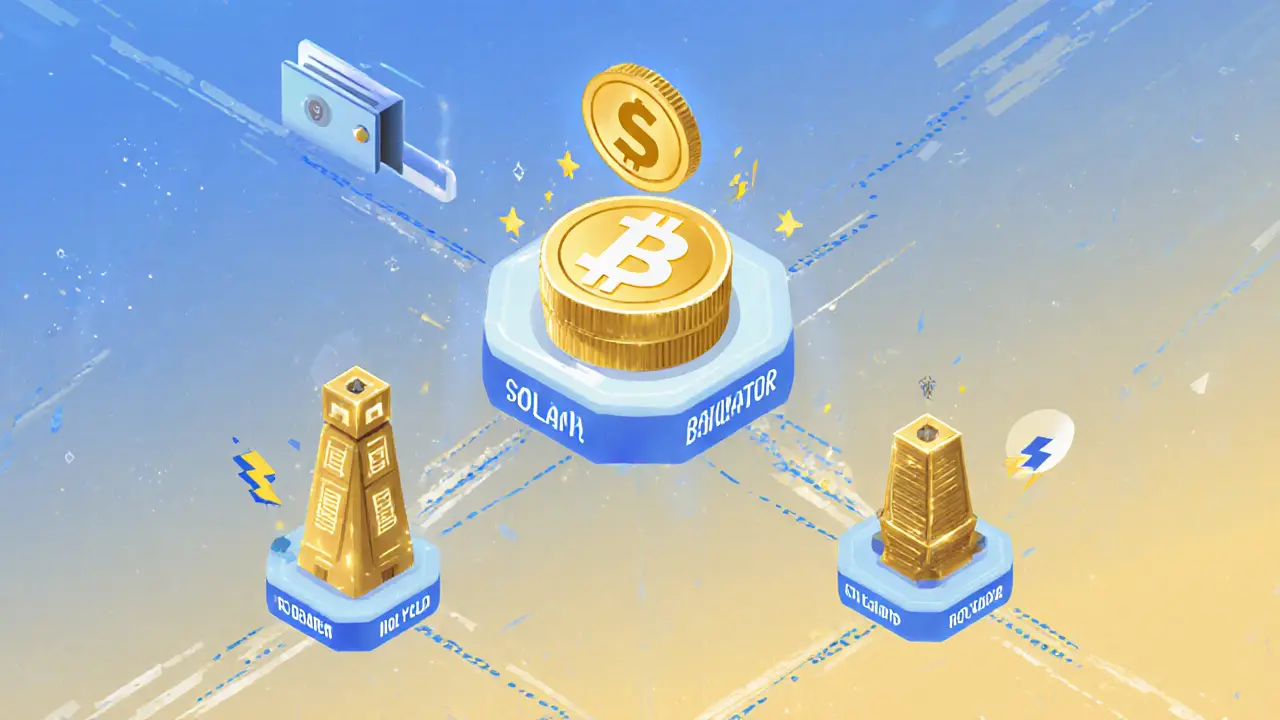Solana crypto: Fast, cheap, and scalable blockchain for apps and tokens
When you hear Solana crypto, a high-performance blockchain designed for speed and low fees. Also known as SOL, it’s one of the few blockchains that can handle thousands of transactions per second without slowing down or costing a fortune. Unlike older networks that struggle under load, Solana uses a mix of proof-of-stake and a custom timing system called Proof of History to keep things moving. That’s why developers build DeFi apps, NFT marketplaces, and even social tokens on it—because users don’t want to wait minutes or pay $50 just to send a token.
Solana crypto isn’t just about speed. It’s also about what you can do on it. You’ll find tokens like SOL, the native currency used to pay for transactions and secure the network, powering everything from decentralized exchanges to gaming platforms. Many projects use Solana wallets, software like Phantom or Solflare that let you store, send, and interact with tokens because they’re simple and fast. And if you’re trading or staking, you’re likely using one of the many Solana exchanges, platforms like Raydium or Serum built directly on Solana’s network that don’t rely on Ethereum’s congestion.
But here’s the thing: Solana isn’t perfect. It’s had outages. Some projects on it turned out to be scams. And while the fees are low, the network’s complexity means not every beginner can jump in without learning a few basics. That’s why the posts here focus on what’s real—what’s working, what’s risky, and what’s just noise. You’ll find reviews of exchanges built on Solana, breakdowns of tokens running on it, and warnings about fake airdrops pretending to be tied to SOL. No fluff. No hype. Just what you need to know before you send your first transaction.
What is JPool Staked SOL (JSOL)? A Clear Guide to Solana's Liquid Staking Token
JSOL is JPool's liquid staking token for Solana, letting you earn staking rewards while keeping your SOL usable in DeFi. Learn how it works, its pros and cons, and if it's right for you.
learn more